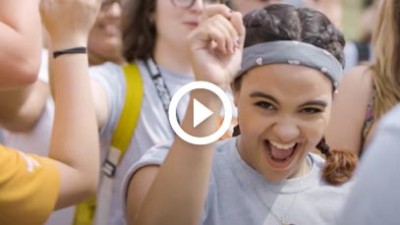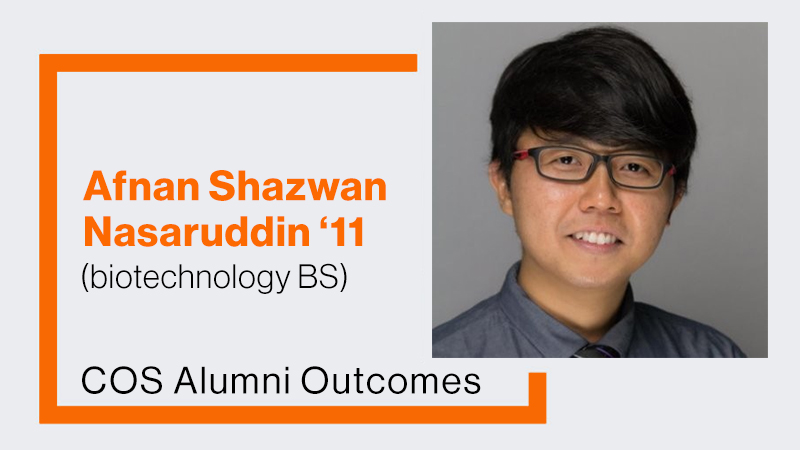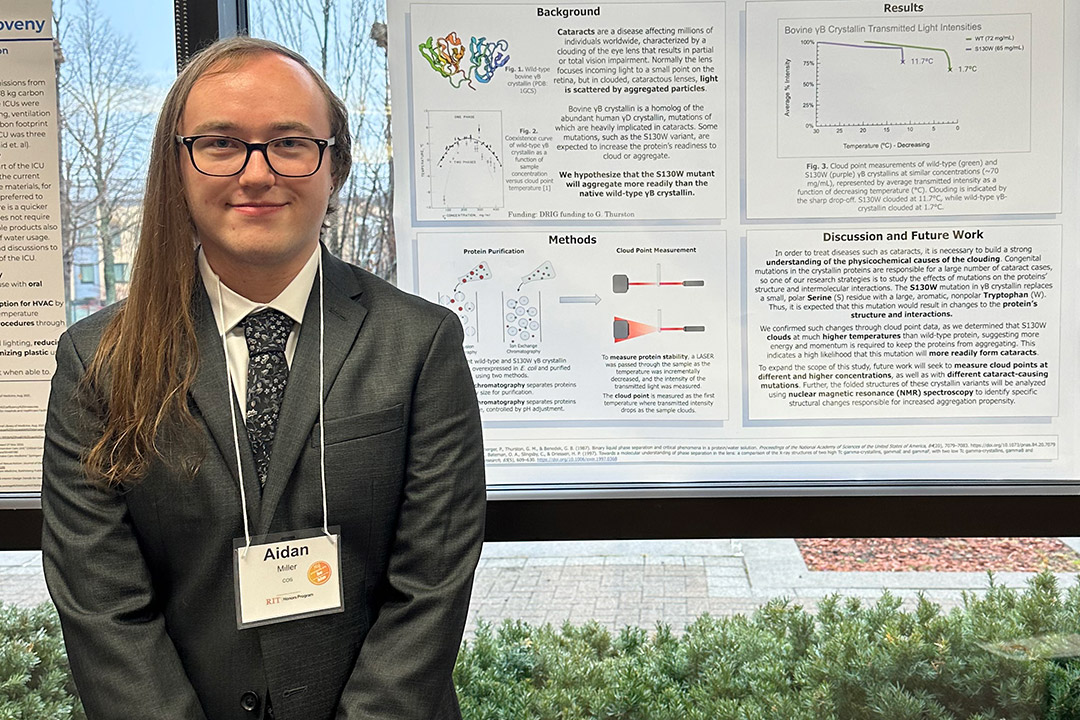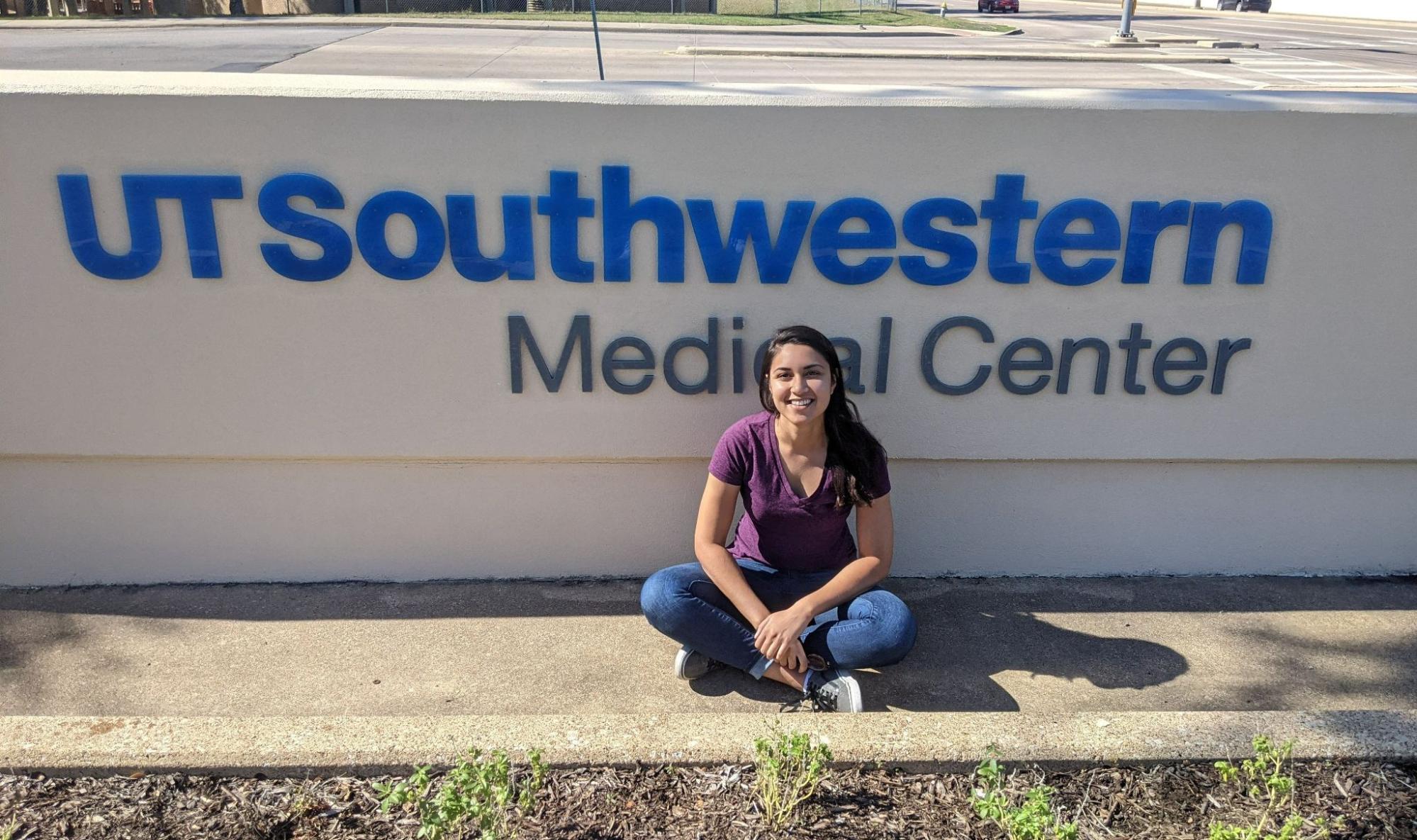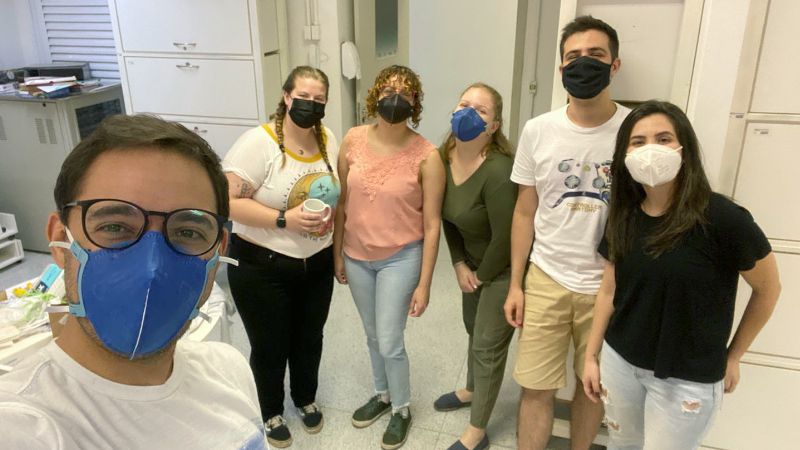Finding Career Success and Achieving Great Things at RIT
Inspired by a community of people on a mission to achieve great things, Nadya Rose ‘14 shares how RIT helped foster her success while pursuing her environmental science degree.

When researching potential colleges, Nadya Rose '14 was certain that RIT was her ideal choice due to its outstanding characteristics. “RIT is renowned for its robust art, engineering, science, and technology programs. It was apparent to me that this was a place where people were on a mission to achieve great things.” Now, Nadya serves as a shining example of this mission. Today, she works in the U.S. Environmental Protection Agency as a Program Analyst.
“RIT felt like home to me. I had fond memories of attending the Johns Hopkins Center for Talented Youth summer camps when I was younger, which my family lovingly referred to as 'math camp' or 'nerd camp.' I loved spending my summers with other kids who embraced knowledge for its own sake, without grades or competition. Stepping onto RIT’s campus, I felt that same feeling. It’s full of potential, creativity, and invention. RIT is a place where learning and having specific interests are celebrated. There’s a place for everyone, including my husband who I met during my first year!”
Nadya initially began her studies in RIT’s imaging science program but decided to change her major to environmental science so she could focus on the environment. “Enrolling in the imaging science program at RIT was undoubtedly one of the best decisions I ever made,” said Nadya. “The program was student-focused, with supportive faculty and a great sense of camaraderie among the students. The innovative research and teaching techniques drew me in, and the friendly faces made me feel right at home. Eventually, I decided to switch to the environmental science program and work with their passionate faculty for a more comprehensive view of the careers I was most interested in pursuing.”
Nadya explained how RIT helped foster her career success in numerous ways. “RIT enabled me to cultivate meaningful relationships with people of varied backgrounds and specialties, and encouraged me to think imaginatively and innovatively. I worked in numerous laboratories on multiple research grants which gave me great insight into how our work was being used in the real world.”
“During my freshman year, I expanded on the Freshman Imaging Project by securing a grant to continue the technology our class developed for Imagine RIT. I also conducted a project in the community gardens at RIT to assess the efficacy of a local composting fertilizer company. To analyze the impact, I employed Light Detection and Ranging (LiDAR) to measure the size of tomato plants and compared it to traditional measuring techniques.”
Another LiDAR project that Nadya was involved in was in the news by New York Now. She was part of a team of RIT researchers who were joined by scientists from the National Ecological Observatory Network (NEON) to try to answer questions about climate change, invasive species, and land use. “I assisted in measuring trees and taking LiDAR scans in the forest from the ground. This helped Ph.D. students in their effort to measure changes in the forests on a large scale.”
Faculty members also had a significant influence on Nadya's experience at RIT. “Joe Pow was a game-changer; he pushed me to hone my communication abilities and not be afraid to ask questions. Dr. Jan Van Aardt included me on research projects that ignited my passion for the environment and inspired me to move in that direction. Last, but not least, Dr. Christy Tyler, Dr. Karl Korfmacher, and the entire environmental science department consistently inspired me with their enthusiasm and real-world application of our coursework.”
Following her graduation, Nadya was successful in her application to The Nature Conservancy - a global environmental organization focused on protecting land and water and fighting climate change. Over the summer, Nadya utilized her skills in imaging science and environmental science to provide data management, GIS mapping, and project research for a regional aquatic invasive species monitoring project.
Today, working as a Program Analyst, Nadya oversees a national training program for the Superfund Enforcement Program. “My focus is to provide EPA staff across the country with the necessary skills to effectively enforce CERCLA and ensure proper hazardous waste cleanup in local communities.” CERCLA is the Comprehensive Environmental Response, Compensation, and Liability Act and provides a "Superfund" from the federal government to clean up pollutants and hazardous-waste sites around the country.
For students who want to follow in her footsteps, Nadya shared a few tips on ways to career success.
- Get into the workplace as soon as possible. There are more roles than you can imagine once you enter the workforce. There’s no better way to understand your options and how to acquire those roles than by gaining firsthand experience working alongside people already in the roles.
- Consider the special skills you have that don’t directly relate to your field of study. Every workplace needs people who can communicate, be creative, suggest innovations, and more. Those skills are what will set you apart from the others in your field and can propel your career into an exciting new direction.









